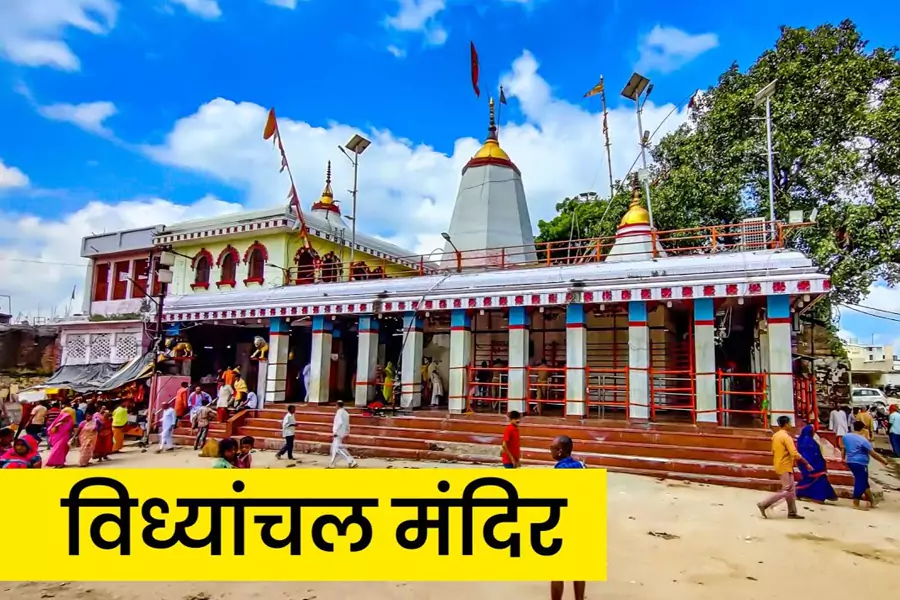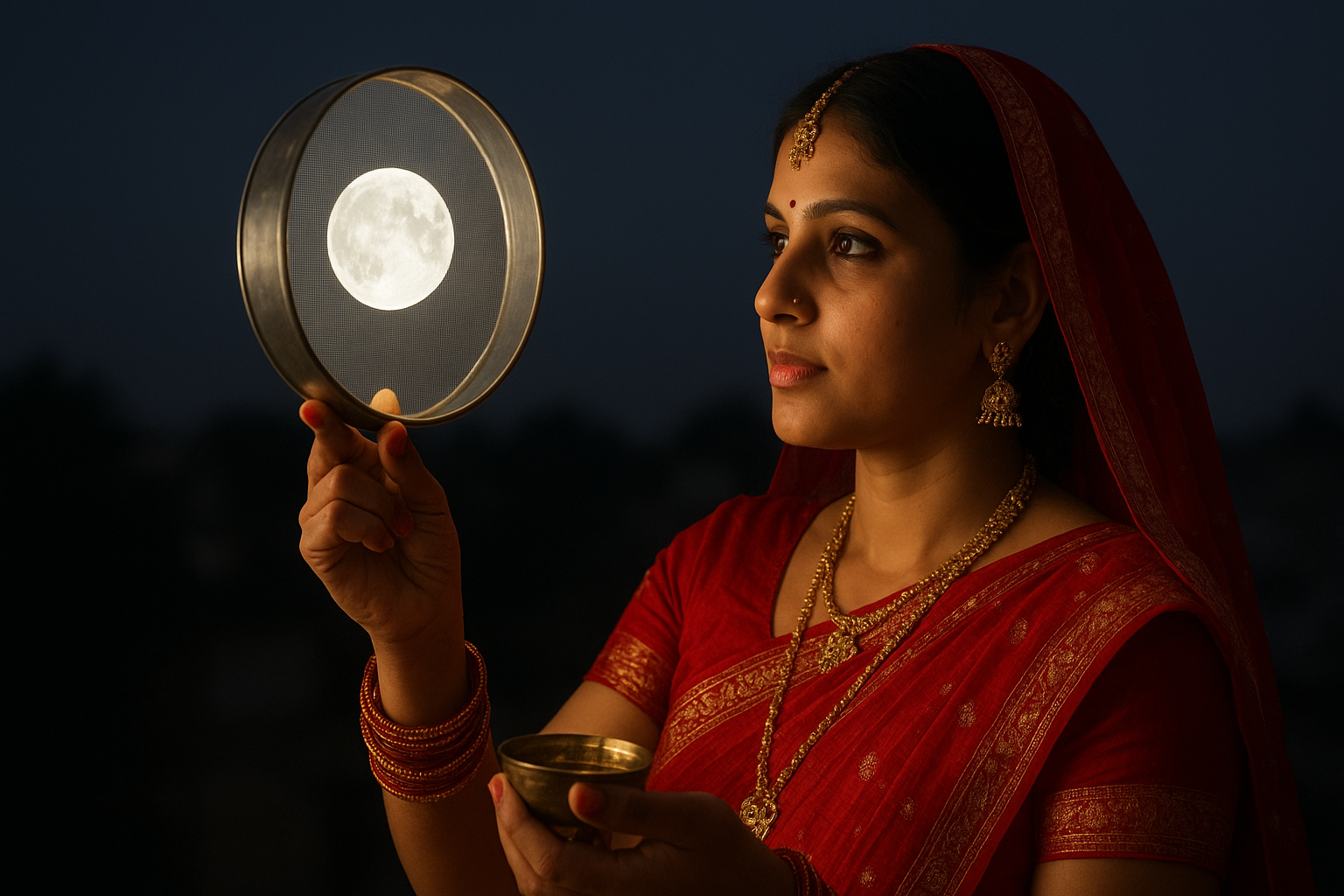
Introduction
Located in the ancient city of Ujjain in Madhya Pradesh, Mahakaleshwar Temple is one of the most revered and important temples in India. It is dedicated to Lord Shiva, one of the main deities of Hinduism, who is worshiped as Mahakala, the god of time and death. This temple is one of the twelve Jyotirlingas, considered to be the holiest abodes of Shiva. The spiritual ambiance, intricate architecture, and rich history make Mahakaleshwar Temple a fascinating subject for devotees and history enthusiasts. In this article, we will explore the “10 Interesting Facts About Mahakaleshwar” that make this temple a unique and awe-inspiring place of worship.
1. The Only Dakshin Mukhi Jyotirlinga
One of the most interesting facts about Mahakaleshwar Temple is that it houses the only Dakshin Mukhi Jyotirlinga. According to Hindu scriptures, the south direction is associated with death and the afterlife, which is why Lord Shiva, in the form of Mahakal, faces this direction. This unique feature sets Mahakaleshwar apart from the other eleven Jyotirlingas, making it an important spiritual site.
The south facing direction is believed to have deep religious significance. Devotees believe that worshiping the south-facing Mahakal leads to liberation from the cycle of life and death, and attainment of Moksha. The presence of the south facing Jyotirlinga symbolizes Shiva’s control over time and death, reinforcing his role as the ultimate destroyer and protector.
2. Mahakaleshwar Bhasma Aarti
The Bhasma Aarti performed at the Mahakaleshwar temple is one of the most unique and mesmerizing rituals in Hindu worship. This Aarti is performed every morning at around 4:00 am and involves offering holy ash (ashes) to Lord Shiva. What makes this ritual truly fascinating is that the ash is traditionally made from burnt cow dung, although in ancient times it was made from the ashes of the first pyre at the cremation ground.
The Bhasma Aarti is attended by hundreds of devotees every day, who consider it a great privilege to witness this sacred ceremony. The temple priests perform the aarti with precision and devotion while chanting mantras and hymns that reverberate in the temple hall. This ritual symbolizes the fleeting nature of life and the ultimate reality of death, reminding devotees of the need for spiritual awakening.
3. Three-tiered structure of the temple
The architectural marvel of the Mahakaleshwar temple lies in its three-tiered structure, each of which is dedicated to different deities. The ground floor houses the Mahakaleshwar Jyotirlinga, while the middle floor is dedicated to Omkareshwar (another form of Lord Shiva). The topmost part of the temple is dedicated to Nagchandreshwar, a unique aspect of the temple, where Lord Shiva is worshiped in the form of Nagaraj.
Most interestingly, the topmost part, Nagchandreshwar, opens to devotees only once a year on Nag Panchami, making it a rare and auspicious occasion for devotees. The entire temple complex is adorned with intricate carvings and sculptures depicting various aspects of Hindu mythology, which add to its architectural and spiritual grandeur.
4. Connection to the Holy Shipra River
The Mahakaleshwar temple is closely connected to the holy river Shipra, one of the sacred rivers of Hinduism. The temple is located on the banks of this river, and the water of the Shipra is used in various temple rituals, including the daily abhishekam (ritual bath) of the Jyotirlinga.
During the Kumbh Mela, one of the largest religious gatherings in the world, millions of pilgrims take a dip in the Shipra river to purify themselves. The proximity of the Mahakaleshwar temple to the Shipra river adds to its spiritual significance, as devotees believe that bathing in the river washes away their sins and brings them closer to God.

5. Mysterious Swayambhu Linga
Another interesting fact about the Mahakaleshwar temple is that the Jyotirlinga here is believed to be “swayambhu”, which means it has appeared on its own. Unlike other lingas established by humans, the Mahakaleshwar Linga is said to have appeared on its own. According to legend, this linga emerged from the earth during a fierce battle between Lord Shiva and the demon king Dushan, who was terrorizing the city of Ujjain.
The concept of Swayambhu Linga adds a mystical dimension to the temple, as it is considered a direct manifestation of divine energy. Devotees believe that the Mahakaleshwar Linga has the power to fulfill their deepest desires and offer them protection from evil forces.
6. The Sacred Mahakal Vani
Mahakaleshwar Temple is also known for the “Mahakal Vani”, a collection of sacred mantras and hymns dedicated to Lord Shiva. These shlokas are recited daily during temple rituals and are believed to have been composed by ancient sages who possessed divine knowledge. The Mahakal Vani is an essential part of the temple’s spiritual ambiance, creating a calm and meditative atmosphere for devotees.
The hymns of the Mahakal Vani are written in Sanskrit and are revered for their deep spiritual meaning. They praise the power and grace of Lord Shiva, invoking his blessings and protection. Listening to these sacred mantras purifies the mind and soul, making devotees feel a deeper connection with the divine.
7. Temple’s association with Vikramaditya
The Mahakaleshwar Temple has a rich historical connection with the legendary King Vikramaditya, who ruled Ujjain in ancient times. Vikramaditya is considered one of the greatest kings in Indian history, known for his wisdom, valour and devotion to Lord Shiva. It is believed that Vikramaditya regularly visited the Mahakaleshwar temple to seek blessings from Mahakal.
The temple’s association with Vikramaditya adds a layer of historical significance, as it is a testimony to the king’s devotion and the importance of the temple during his reign. Several stories and legends about Vikramaditya and his association with the temple have been passed down through generations, enriching Ujjain’s cultural heritage.
8. Grand Mahashivratri Festival Mahashivratri
The great night of Lord Shiva, is celebrated with immense grandeur at the Mahakaleshwar temple. The festival, which falls on the 14th night of the new moon of the Hindu month of Phalgun, attracts thousands of devotees from across the country. The entire temple is beautifully decorated with flowers and lights, creating a divine and festive atmosphere.
During Mahashivratri, the temple remains open all night and various rituals are held in honour of Lord Shiva, including special pujas, bhajans (devotional songs) and processions. The bhasma aarti on this night is considered especially auspicious and devotees believe that fasting and worshiping Mahakal on this day washes away their sins and brings them closer to salvation.
9. Connection with Mangalnath Temple
Located near the Mahakaleshwar Temple is the Mangalnath Temple, dedicated to Lord Mangal (Mars). The proximity of these two temples is not a coincidence, as both are deeply connected in Hindu astrology. According to legend, the Mangalnath Temple is the birthplace of the planet Mars and is closely connected to the Mahakaleshwar Temple.
Devotees visiting the Mahakaleshwar Temple often make sure to pray at the Mangalnath Temple as well. This connection highlights the importance of planetary influences in Hindu worship and the belief that seeking blessings from both Mahakal and Lord Mangal can bring peace, prosperity and protection from the ill effects of the planets.
10. Spiritual Importance of Mahakal Forest
The Mahakaleshwar Temple is believed to be located in the middle of the ancient Mahakal Forest, which finds mention in various Hindu scriptures including the Skanda Purana and the Shiva Purana. This forest was considered a sacred place where sages meditated and performed penance to gain divine knowledge and enlightenment.
The presence of the Mahakaleshwar Temple in this ancient forest enhances its spiritual aura, as devotees believe that the area is filled with powerful divine energies. The temple’s location in the Mahakal Forest symbolizes the connection between the natural world and God, reminding devotees of the importance of living in harmony with nature.
Conclusion
The Mahakaleshwar Temple in Ujjain is not just a place of worship but a spiritual journey that provides devotees with a deeper understanding of life, death, and God. The “10 Interesting Facts About Mahakaleshwar” mentioned in this article reveal the unique features, historical significance, and spiritual importance of the temple. From the south-facing Jyotirlinga to the mystical Bhasma Aarti, every aspect of the temple is a testimony to the enduring power and grace of Lord Shiva. As one of the most revered Jyotirlingas, Mahakaleshwar inspires devotion and reverence among millions of pilgrims, making it a truly exceptional spiritual destination.











Leave a Reply